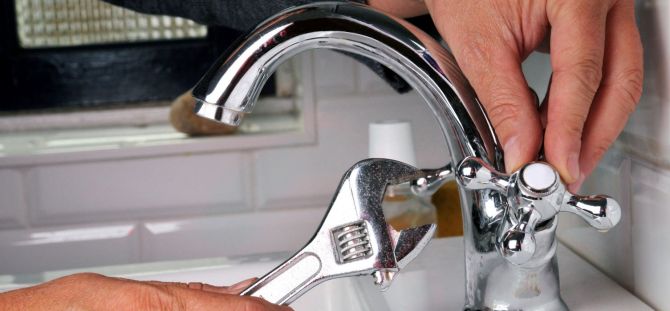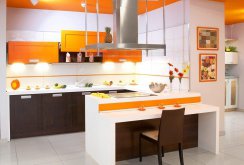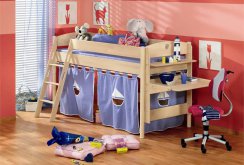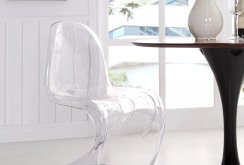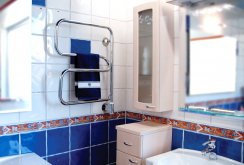Kitchen faucets: types, characteristics, advantages and disadvantages
Despite the seeming simplicity, the kitchen faucet is a rather complicated device, and therefore one should not take frivolously the choice of a kitchen mixer. Firstly, the mixer should be easy to use. Secondly, it must be durable. Thirdly, it should harmoniously fit into the kitchen design.Type of kitchen faucets
Currently, overseas and domestic industry produces many options for kitchen faucets. In order to understand these options, they need a brief overview. First of all, we should talk about the types of kitchen faucets. So, by type of kitchen faucets are divided:- On the axle box crane. These are the traditional and most familiar faucets. They have two valves: one is suitable for supplying cold water, the other for hot water. Water of the right temperature is obtained by adjusting both valves. In terms of design, crane-box mixers are of two types - ceramic and worm. Without going into excessive technical details, it should be said that worm-type axle boxes are easier to repair than ceramic, but ceramic ones are easier to operate.
- On single-lever (they are single-command or joystick). Water of the desired temperature is achieved here by moving the mixer lever left and right. There are also single lever mixers in which the lever moves up and down. In specialized stores and catalogs, you can find two varieties of joystick kitchen faucets that differ from each other in the construction of the body - with a fixed (cast) body and a rotary body.
- On electronic. This is a new variety of kitchen faucets. They have a number of fundamental differences compared with mechanical counterparts. Currently, there are two varieties of electronic mixers: those that operate on the mains and those that operate on battery power. An infrared radiation sensor is built into the mixer, thanks to which water can be switched on non-contact by raising your hand to the mixer. Another feature of the mixer is that it is able to control the temperature of the water, regardless of what temperature it has when it arrives.
Spouts for kitchen faucets
All kitchen faucets differ in spouts (that is, from what height the water from the mixer falls into the sink). There are two types of mixers - low and high spout. In both cases, there are advantages and disadvantages, so modern industry has launched the production of mixers that can change the height of the spout:- Telescopic spouts. In fact, these are several tubes connected by hinges. The whole structure is able to tilt and straighten depending on the will of the owner. However, due to the large number of hinges, this design is not very reliable, since a leak can form at any point of attachment.
- Retractable spouts. They are designed simply and reliably: a flexible hose up to 1.5 m long is placed inside the tap.If necessary, the hose can be removed from the tap to any length. Simple, reliable and efficient.
About spout nozzles
An important role in the mixer is played by their nozzles (openings from which water flows). The list of such devices is great. The simplest and most famous are nozzles with a retractable watering can and aerators. They mix water and air, resulting in less water consumption. There are nozzles in which the lattices are fixed, and there are adjustable grilles, thanks to which the air-water mixture can change its density. There are also nozzles that have a replaceable direction of water flow. Simply put, these are special nozzles with which you can adjust the degree of saturation, as well as the shape of the water jet. There are also nozzles with LED backlight. They help to use the mixer, not including electricity in the kitchen. Of the innovations - you can equip the mixer with a thermometer and a water temperature meter. Moreover, such a device does not require any additional energy: the incident jet of water gives it energy.Materials
Modern mixers are made from a variety of materials:- From silumin;
- Stainless steel;
- From bronze and brass;
- From polymers;
- From ceramics.
